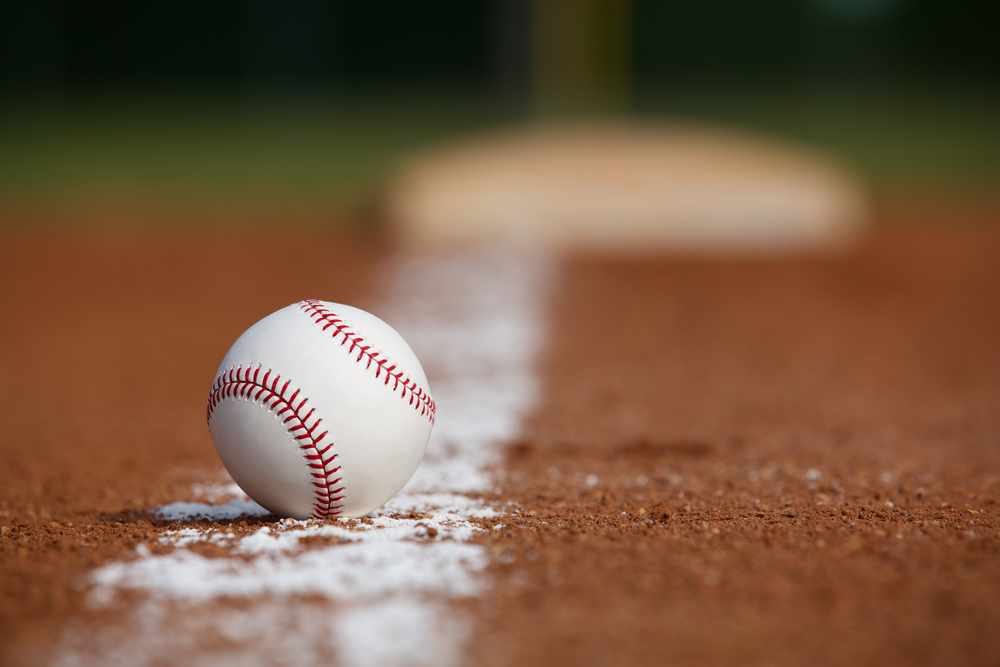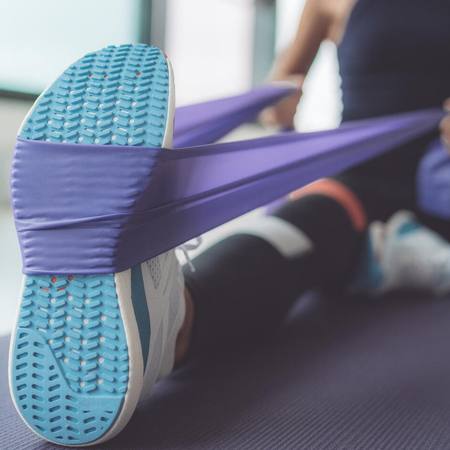-
Featured News
Baseball pitchers may take less heat off the ball during recovery than they think

ROCHESTER, Minn. — Baseball pitchers often are asked to take some heat off the ball, and lower the stress on their elbow and arm muscle tissue, after an injury. But pitchers may be misjudging how much stress and velocity they're holding back.
A study by Mayo Clinic orthopedic researchers has found that for every 25% decrease in a pitcher's self-reported effort, elbow torque decreased only 7% and the ball's velocity dropped only 11%. The athlete's perceived reduction in effort was markedly greater than the actual reduction, according to the study.
This has significant implications for physical therapists, trainers, coaches and athletes as they monitor elbow stress as part of the recovery process, says Christopher Camp, M.D., a Mayo Clinic orthopedic surgeon.
"The measured effort was significantly greater than the perceived effort for all metrics tested," says Dr. Camp, corresponding author for the study, which recently was published in The American Journal of Sports Medicine. "Ultimately, when players throw at what they perceive to be reduced effort, their actual throwing metrics do not decrease at the same rate as their perceived exertion, and this has significant implications for their recovery."
During rehabilitation throwing programs, baseball players are asked to throw at reduced levels of effort — 50% or 75%, for example — to lower the stress on healing tissues and allow for recovery. Dr. Camp and his colleagues investigated how changes in a player's perceived exertion compares with changes in the actual exertion during structured, long-toss programs.
The study involved 60 male high school and college baseball players. Each participant wore a biometric assessment sleeve that measured elbow torque, velocity and other factors. The athletes threw a baseball 120 feet five times with three levels of effort: 100%, 75% and 50%. Velocity of the throw was measured with a radar gun.
All throwing metrics decreased as the athletes decreased their perceived effort, but the measured decreases were much smaller than the decreases in perceived effort. In the 75% effort throws, elbow torque was only reduced to 93% of maximum and velocity dropped to 86% of maximum. For the 50% effort throws, elbow torque remained at 87% of maximum effort torque, while velocity remained at 78% of maximum.
Shoulder and elbow injuries are among the most common injuries in baseball at all levels, and interval throwing programs often are used in the rehabilitation process, with progressively increased throwing distance and effort. These programs aim to improve flexibility, throwing mechanics, endurance and arm strength for injured and healthy athletes.
Dr. Camp says that the Mayo Clinic research shows that athletes and trainers should be aware of these discrepancies when using interval throwing programs. Given the proven efficacy of these interval programs, this doesn't mean that they should be abandoned altogether.
"To more reliably achieve intended levels of elbow torque, clinicians and coaches need to be aware of these discrepancies and may want to consider more objective measures of effort," Dr. Camp says. Those include measuring elbow torque and workload using wearable devices or recording data using motion capture devices.
The study was supported in part by a grant from Major League Baseball. Dr. Camp has received education and hospitality payments from Arthrex Inc., and hospitality payments from Zimmer Biomet.
The study’s first author is Heath Melugin M.D., Mayo Clinic. Co-authors are:
- Dirk Larson, Mayo Clinic
- Glenn Fleisig, American Sports Medicine Institute
- Stan Conte, Conte Injury Analytics
- Stephen Fealy, M.D., Hospital for Special Surgery
- Joshua Dines, M.D., Hospital for Special Surgery
- John D'Angelo, Major League Baseball
Dr. Melguin has received education and travel payments from DePuy Synthes. Dr. Fealy has received royalties from DJ Orthopaedics and Encore Medical. Dr. Dines has received consulting fees from Arthrex, Merck Sharp & Dohme, Linvatec, Trice Medical, Wright Medical Technology and DePuy Orthopaedics; IP royalties from Linvatec; research support from Arthrex; and hospitality payments from Horizon Pharma.
###
About Mayo Clinic
Mayo Clinic is a nonprofit organization committed to clinical practice, education and research, providing expert, comprehensive care to everyone who needs healing. Learn more about Mayo Clinic. Visit the Mayo Clinic News Network.
Media contact:
- Rhoda Madson, Mayo Clinic Public Affairs, 507-284-5005, newsbureau@mayo.edu







